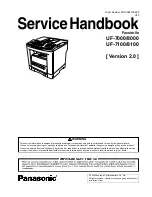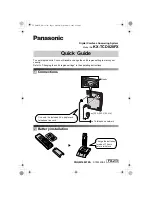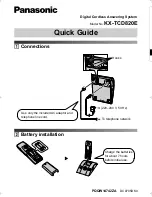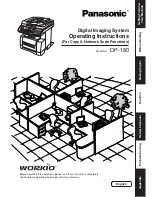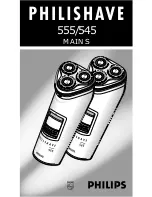Summary of Contents for select 1540
Page 1: ...0 i D V 0 0 ...
Page 4: ... fr I ...
Page 30: ......
Page 65: ...Accessories and needles andneE I accessories accessories table jfdot tape blnder etable ...
Page 76: ...Wi VT VT V ...
Page 81: ......
Page 1: ...0 i D V 0 0 ...
Page 4: ... fr I ...
Page 30: ......
Page 65: ...Accessories and needles andneE I accessories accessories table jfdot tape blnder etable ...
Page 76: ...Wi VT VT V ...
Page 81: ......
